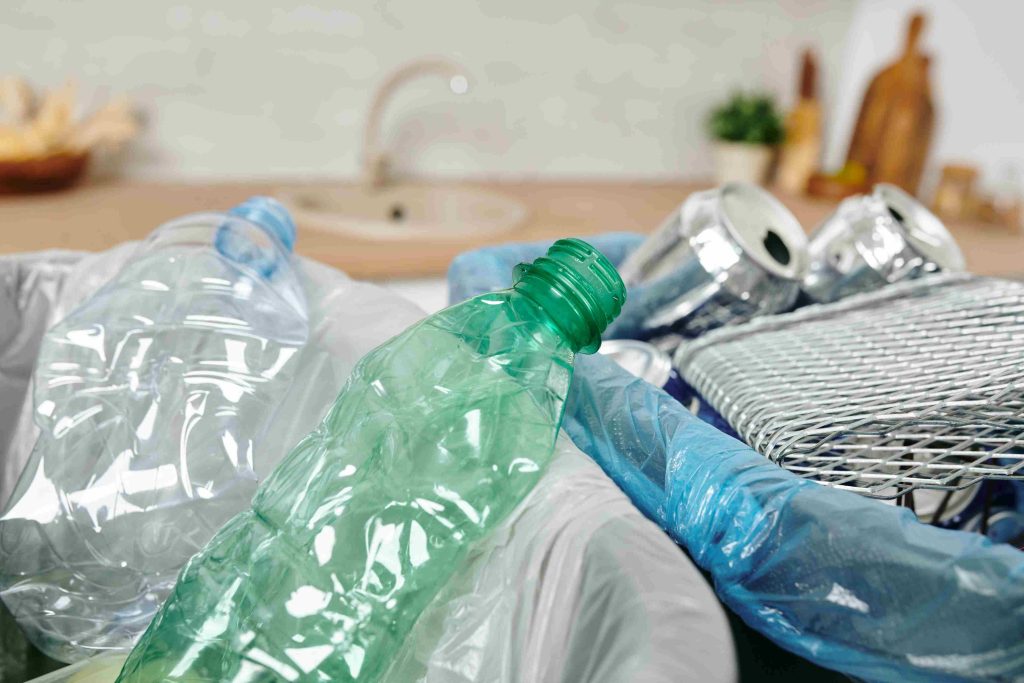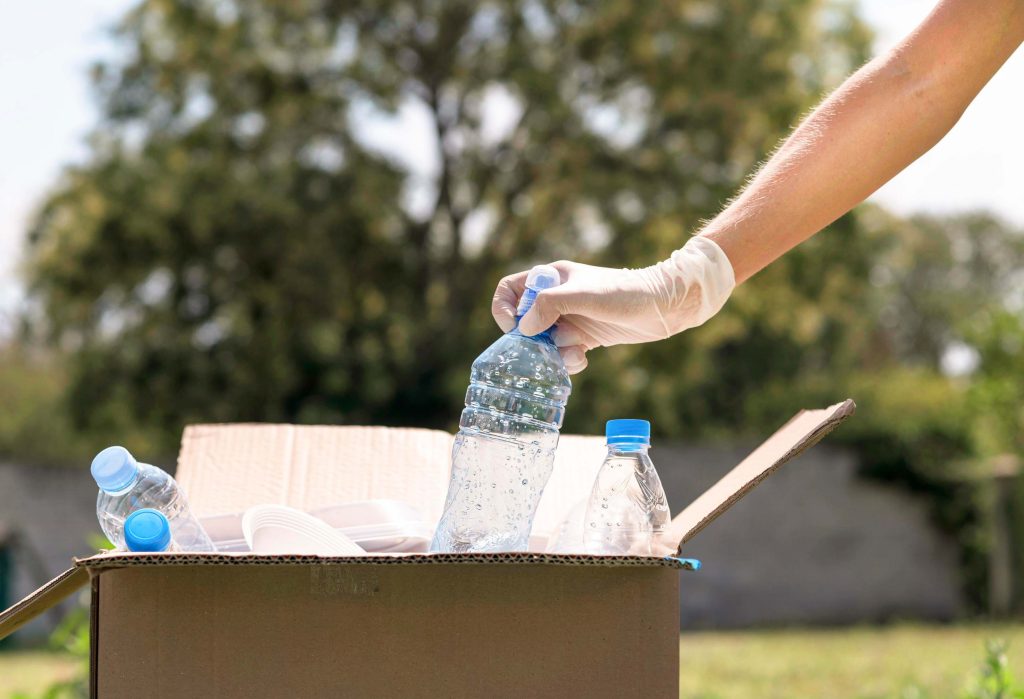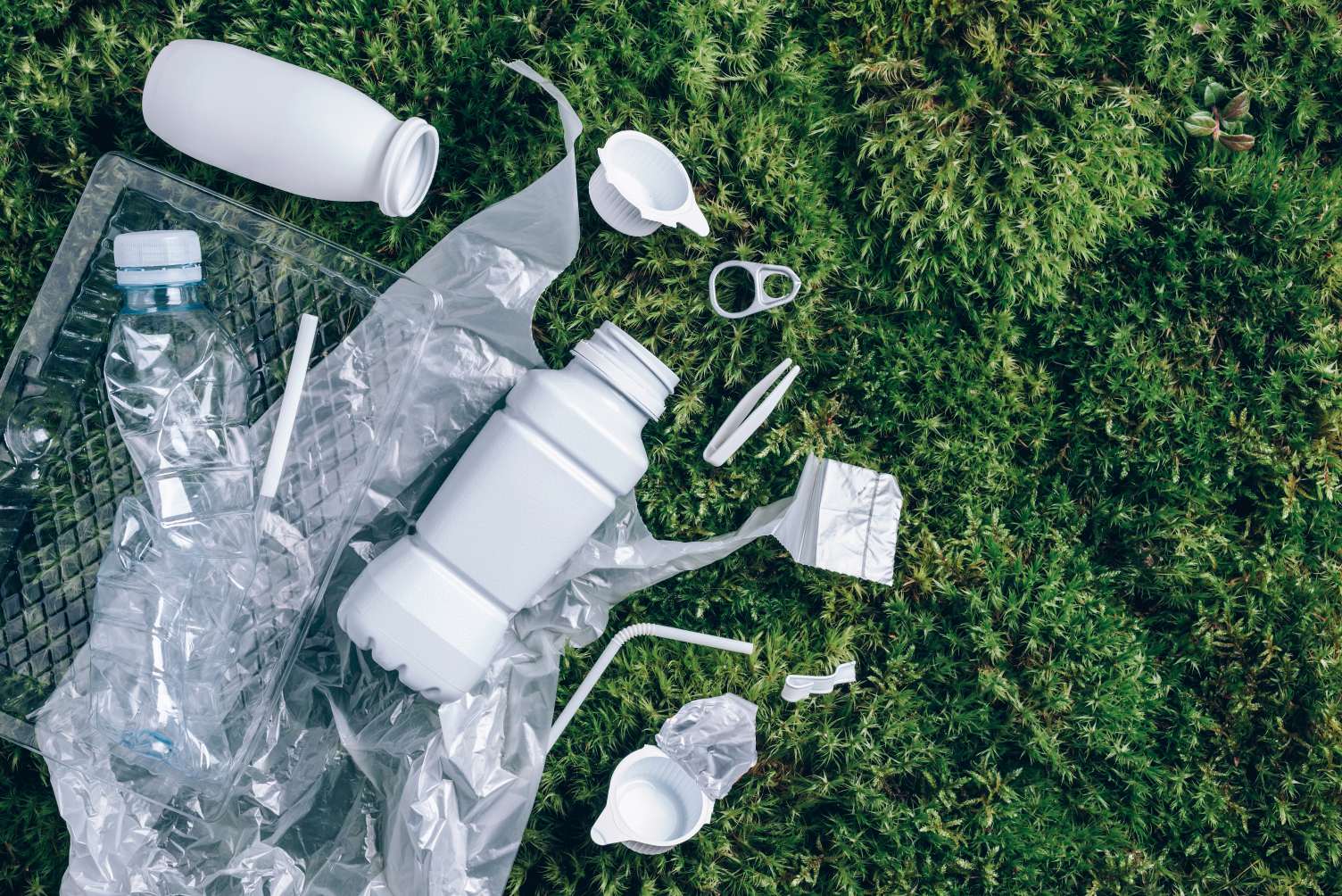The issue of plastic waste has been one of the most urgent environmental issues of the 21st century. Whether it is pollution of the ocean or the landfills that are overflowing with plastic, the impact of our reliance on plastic can be seen everywhere in the world. Although plastic is convenient, its durability in the environment needs new and sustainable recycling methods.
Luckily, new technologies are creating new avenues to address this increasing problem. Among these, two machines have emerged as game-changers in industrial-scale plastic recycling: the plastic crusher machine and the pyrolysis machine. The combination of them will allow a comprehensive solution to turn plastic waste into useful raw materials and even energy- a new age of sustainable waste management.
The Lifecycle of Plastic Waste:
Single-use plastic products can be bottles, bags, packaging materials, which after use, start the journey of plastic waste. Although part of this waste is recycled, much of it is either buried in landfills, released into waterways or burned. These conventional ways either contaminate the environment or increase the emission of greenhouse gases.
The most popular method is mechanical recycling that includes cleaning, shredding, and remodeling of plastics. It can however result in downcycling where the recycled product is of inferior quality. Conversely, chemical recycling, e.g., pyrolysis, recycles plastic into its basic components, which provides more flexible reuse opportunities.
Plastic has to be size reduced and cleaned before it can be chemically treated or thermally decomposed. This is where the plastic crusher machine plays a crucial role. It makes the waste material ready to undergo further processing by reducing it to uniform particles thereby increasing the overall efficiency and consistency of downstream applications such as pyrolysis.

What Is a Plastic Crusher Machine?
A plastic crusher machine is a mechanical device designed to crush plastic materials into smaller granules or flakes. These are machines that have fast-rotating blades that effectively shred plastics including PET bottles, HDPE containers, polypropylene bags, and others. The granules can be then cleaned, sorted or melted according to the next process in the recycling process.
Plastic crusher machines come in various types and sizes, tailored for different materials and throughput requirements.
- Single-shaft crushers: Ideal for light materials like films and bottles
- Double-shaft crushers: Suited for tougher items like thick pipes or solid plastic blocks
- Granulators: Designed for precision and uniform particle sizes
The advantages of using a plastic crusher machine include:
- Improved processing efficiency: Smaller pieces allow for faster melting or chemical treatment
- Space-saving storage: Crushed plastic occupies significantly less volume
- Material recovery: Enhances separation and sorting accuracy
- Cost reduction: Reduces transportation and handling expenses
Pyrolysis Machine: Turning Waste into Fuel
A pyrolysis machine offers a powerful alternative to traditional recycling and disposal techniques. Pyrolysis is a thermochemical waste conversion process which deconstructs organic materials (such as the plastics) by heating them in the absence of oxygen. This will eliminate combustion, and long-chain polymer molecules can be broken down to smaller, practical products.
In the case of plastic, the output of a pyrolysis machine typically includes:
- Pyrolysis oil: A synthetic fuel similar to diesel or kerosene
- Carbon black: A valuable material used in tires, inks, and pigments
- Combustible gas: Often reused within the system to heat the pyrolysis chamber
It saves a lot of trash, limits emissions relative to incineration, and extracts value out of trash that otherwise can not be reused using traditional procedures.
Modern pyrolysis machines are highly automated and come with features such as:
- Continuous feeding systems
- Temperature control sensors
- Emission filters to meet environmental standards
- Modular designs for easy integration with other equipment
The plastics that can be utilized in the process of pyrolysis are polyethylene (PE), polypropylene (PP) and polystyrene (PS). These are usually contained in the bags, containers and foam packaging. However, for pyrolysis to be efficient, the feedstock must be dry, clean, and uniformly sized—requirements that again underscore the importance of the plastic crusher machine in preparing material for thermal decomposition.
The Synergy Between Crushing and Pyrolysis:
There is independence between the machines which still are strongest when integrated. A plastic crusher machine is essential for preprocessing plastic waste before it enters a pyrolysis machine. The following is how they justify one another:
1. Regular Feedstock Preparation: Crushed plastic has a uniform size therefore, there is a uniform heat transfer in pyrolysis. This averts partial degradation or obstruction.
2. Better Pyro Process; As the crushing is improved, more can be done in Pyro systems in a shorter period, better profits and efficiency.
3. Better Product Quality: Enhanced size stability gives results of better and predictable production of gas and oil.
4. Less Maintenance Expenses: Pre-crushed clean feedstock will reduce wear and tear to the pyrolysis equipment that will prolong its operation life.
This synergy makes the combination of crushing and pyrolysis machines a powerful solution for waste processing facilities aiming for circularity and zero-waste targets. Indeed, in some of the most advanced recycling systems such machines have been assembled into a single and automated process that is supervised using centralized control systems.

Future Outlook: Clean Tech and Circular Thinking
With the government and other agencies committing themselves in the reduction of plastic pollution, investments in the superior recycling technology are likely to increase. Machines like the pyrolysis machine and plastic crusher machine are central to this transition, offering scalable and profitable alternatives to landfilling and incineration.
Future of these machines involves:
1. Better energy efficiency: Utilization of the recovered gas to create energy to run the system itself
2. Sorting and preprocessing: using AI to sort and separate plastic types prior to trash being crushed
3. Modular, movable unit: To be used in a disaster area or other distant region
4. Integration of blockchain: To monitor the source of materials and to be able to achieve supply chain visibility
Besides, numerous governments are installing Extended Producer Responsibility (EPR) schemes, in which manufacturers are supposed to assume responsibility for post-consumer waste. This will further spur the demand for strong powerful smart recycling equipment.
The direction is obvious: to make possible a circular economy in which plastics are not disposed of, but regenerated, transformed and reproduced over and over and over again, with the smallest carbon footprint.
Conclusion:
Plastic waste is too big of an issue to resolve with proscriptions and personal initiatives. It involves the industrial level of apparatus that alters our ideas on waste. In this context, both the plastic crusher machine and the pyrolysis machine are not just tools—they are enablers of a cleaner, more sustainable future.
It begins by using the crusher machine to transform bulky wastes into small fines that can be handled easily and uniformly. The pyrolysis machine then finishes the cycle by converting this processed waste into useful byproducts like fuel and carbon black. People collectively would create a closed-loop solution to enabling pollution to be more productive.
To industries, municipalities, and policymakers looking seriously in attaining sustainable development, it is no longer a matter of choice to invest in that kind of technology, but rather a must. Using these innovations, we will take one step forward in our race toward the world where plastic will no longer be a problem as it is now, but an asset that is ready to be reclaimed.


